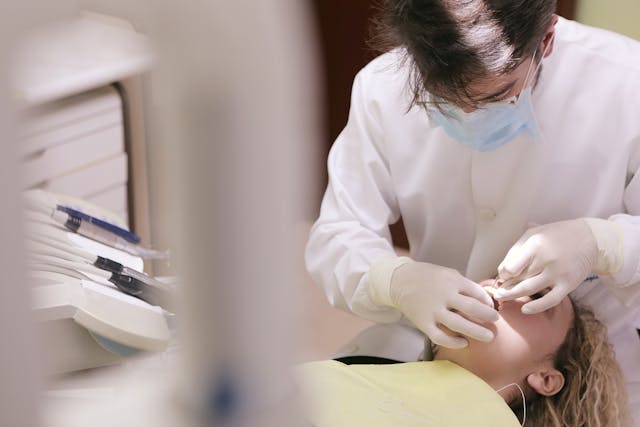
Emergency dental care can be scary, especially when it involves a child. A sudden tooth injury, ongoing pain, or swelling can cause panic. Staying calm and knowing how to respond effectively will make a significant difference. This guide provides clear steps to help parents and caregivers deal with situations requiring immediate attention to help your child’s comfort and long-term dental health.
Recognizing a Dental Emergency
Understanding what qualifies as a dental emergency is key. Common issues include chipped or broken teeth, a knocked-out tooth, severe tooth pain, or swelling of the gums or face. Less obvious problems, like an object lodged between teeth or a painful abscess, also require attention.
If your child experiences any of these problems, act promptly. Assess the situation and determine if emergency dental care is needed. Severe pain or visible damage, such as bleeding or fractured teeth, should be addressed without delay. Timely care can help preserve your child’s tooth and prevent further complications.
Dealing With a Knocked-Out Tooth
A knocked-out tooth is among the most urgent dental emergencies. Acting quickly can improve the chances of saving the tooth, especially if it’s a permanent one. The sooner you act, the better the chances of saving the tooth.
If a tooth is knocked out, gently clean it with water without scrubbing the root. Try to place the tooth back in the socket if possible is in the correct position. If you’re unable to replant it, store the tooth in a container of milk or saliva to keep it moist. Contact an dental emergency care provider immediately, as time is a critical factor in these situations.
Handling Tooth Pain and Swelling
For temporary relief, rinse your child’s mouth with warm salt water and apply a cold compress to the cheek to reduce swelling. Avoid applying aspirin directly to the gums or teeth, as this may irritate the tissue. Reaching out to a dentist as soon as possible helps the cause of the problem be properly addressed and prevents further complications.
Managing Chipped or Broken Teeth
If your child breaks or chips a tooth, locate any fragments and rinse the area gently with water. Apply a cold compress to reduce swelling and use gauze to stop bleeding if necessary. Store any broken pieces in a clean container and consult an emergency dental care provider. Early treatment helps prevent infection and preserve the remaining structure of the tooth.
Know When to Call a Dentist
Many situations that seem minor may still require a professional evaluation. For instance, dental abscesses, which may appear as swollen bumps on the gums, indicate infection and lead to serious health risks. Similarly, objects stuck between teeth cause discomfort and trauma to the gums.
When in doubt, contact your child’s dentist. Describe the symptoms in detail and ask if immediate care is necessary. Professional advice helps that your child receives the right care promptly, even if you’re unsure of how severe the problem may be.
Also Read: How Dental Implants Provide a Long-Term Solution for Missing Teeth
Emergency Dental Care Can Make a Difference
Dental emergencies are understandably stressful for both parents and children. But by knowing how to handle common scenarios like knocked-out teeth, pain, or swelling, you set the foundation for great outcomes. Prompt action combined with professional dental emergency care assures your child’s pain is minimized, their teeth are preserved, and infections are avoided.








